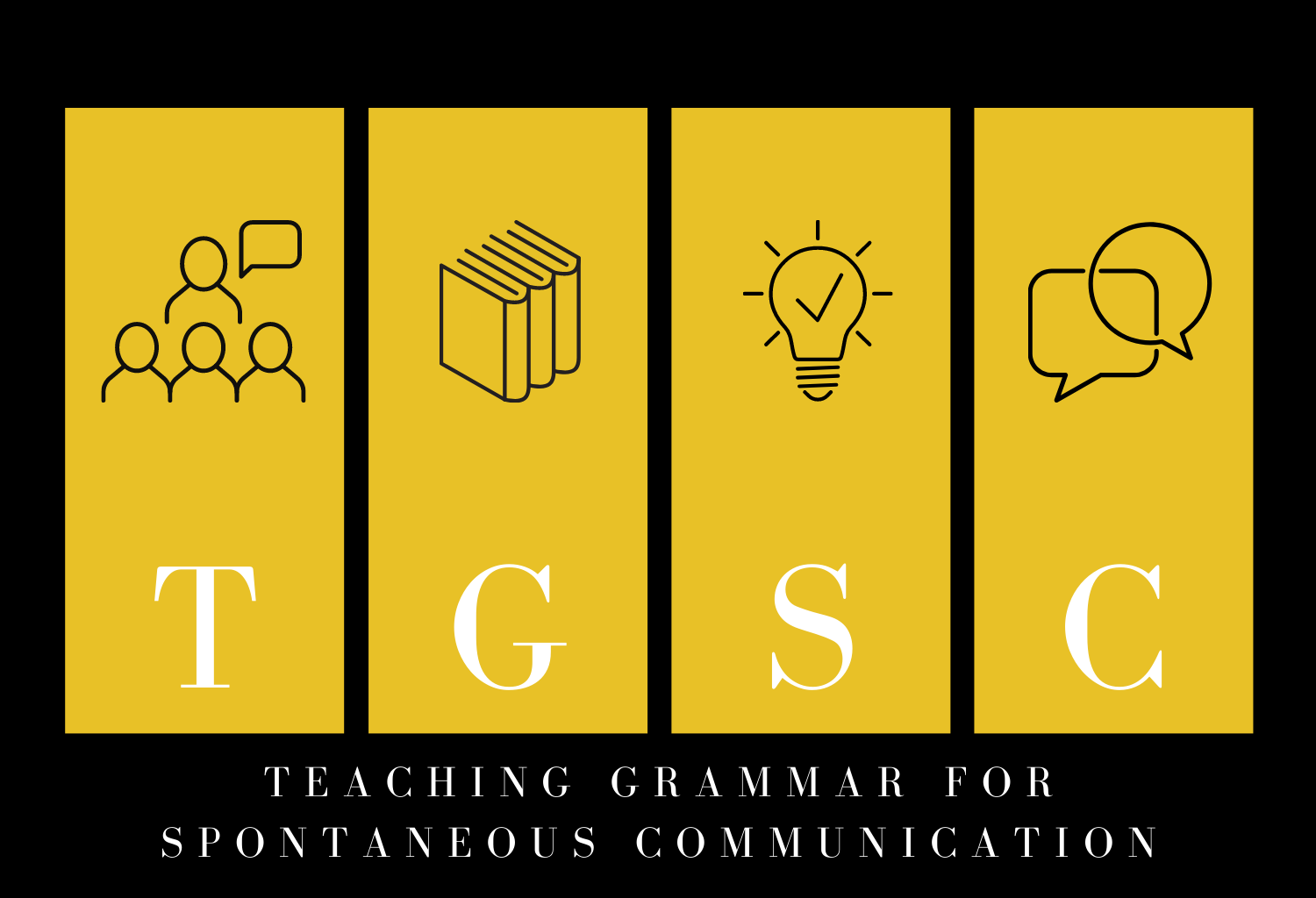Introduction
I work for Eurospeak, an educational institution based in the UK and Ireland which is currently involved in over 40 EU-funded projects. The Erasmus+ programme makes it possible for language teaching professionals to participate in EU projects funded to develop innovative resources for teachers and learners. First, I’ll provide a brief introduction to the Erasmus+ programme and then presents an Erasmus+ project that has seen the development of resources for grammar teaching. Next, I’ll outline a few other projects that are currently working towards the creation of more tools for teachers and learners.
What is the Erasmus+ programme?
Erasmus+ is an EU programme that aims to support education, training, youth, and sport in Europe. With a budget of over €26 billion, it provides opportunities for mobilitiy and cooperation in the contexts of school and adult education, vocational education and training, and more. Some of the programme’s goals relevant to language teachers include (1) promoting language learning and linguistic diversity, (2) improving the availability of high-quality learning resources, and (3) improving the competences of educators. The programme is open to any organisation established in an EU member state, including such organisations as language schools and higher education institutions.
What does an Erasmus+ project look like?
Erasmus+ projects typically involve several EU organisations working towards the development of resources and products. They last between 12 and 36 months and include four stages:
- planning;
- preparation;
- implementation of activities;
- follow-up.
In the context of language teaching, Erasmus+ projects are often carried out by consortiums comprised of institutions with expertise in language education and result in the development of innovative resources for language teachers and learners.
An example of an Erasmus+ project for language teaching
Second-language learners generally achieve a good understanding of grammar rules, but their ability to use these rules in fluent, spontaneous communication is often very limited. The Teaching Grammar for Spontaneous Communication project is an initiative to address this issue. More specifically, this project aims to help language teachers gain new insight into how to promote the development of grammatical knowledge that learners can use fluently and spontaneously in real-time communication. The project launched in November 2020 and is now approaching its end. Led by Eurospeak, a UK-based language school, the project has seen the development of three innovative tools for language teachers and teacher trainers.


No responses yet